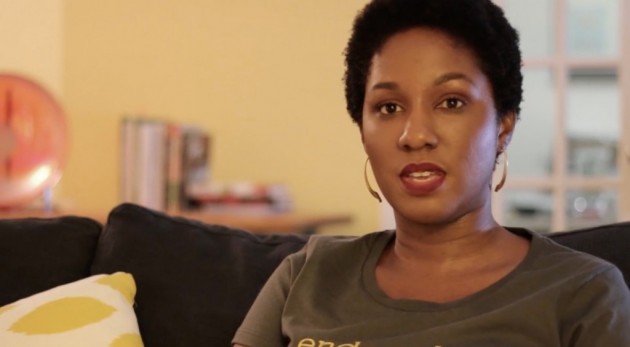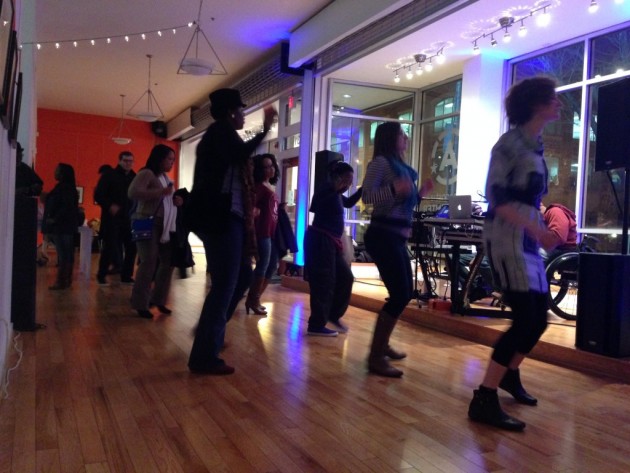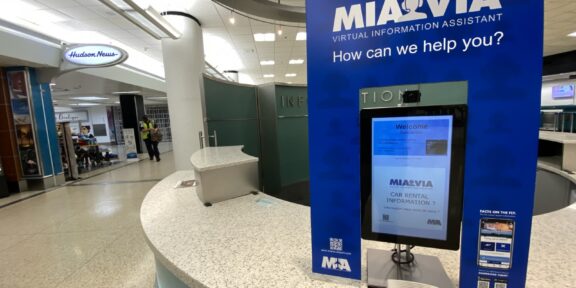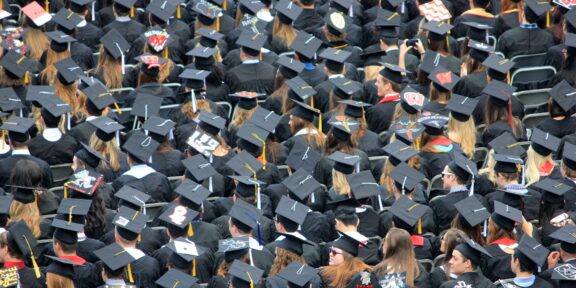The cold air blew down from the Shaw-Howard Metro station escalators. Michelle Gibson shivered as she got out her Washington Metro SmarTrip® card to add money at the fare card machines. While attempting to understand the new fare system, she let out a heavy sigh as she pulled out her wallet.
“It just isn’t fair,” said Gibson, a current sophomore at Howard University. “I am a student. I don’t have a lot of money to spend on transportation.”
Metrorail fares increased by an average of 18 percent depending on the type of fare, the time of day and the distance traveled. The new peak-period boarding charge is $1.95, while the boarding charge for the off-peak period is $1.60. Those Metrorail customers using paper fare cards will also pay an additional charge of 25 cents, a charge that SmarTrip® users will avoid.
Metro began charging a peak-of-the-peak fee on August 29 for Metrorail trips taken between 7:30 and 9 a.m. during weekdays. Between 4:30 and 6 p.m. weekdays, a 20-cent peak-of-the-peak fee is charged – a standard that was implemented on August 3 The hour segments of the peak-of-the-peak system are based on the busiest hours of Metrorail, according to WMATA.
“The fare price is ridiculous,” said Gibson. “The trains are no faster and there aren’t any additional cars. Why pay more?”
Periodic fare increases are needed to offset higher costs for inflation in fuel, electricity, and health insurance,according to a recently published Fare Increase Q&A on WMATA’s website.This year, poor economic conditions had a profound effect on revenue Metro earns and on the ability of Metro’s funding partners in local government to contribute to the operating budget.
Rider Mykel Konohia thinks that is no excuse.
“They should know that customers come first,” said Konohia, who currently works at Nando’s in Chinatown. “It doesn’t make since for it to cost $6 for me to go to work and come home when I live only two stops away.”
Konohia, originally from New York City, currently lives closest to the Union Station Metro station. He thinks the Metro system is not efficient when it comes to a sensible fare system.
“In New York, they charge you by trip and not by distance. That’s the way it should be,” he says.
This fare increase is following a temporary 10-cent increase from Feb. 28 to Jun. 26, 2010 after WMATA projected a $189 million budget deficit.





